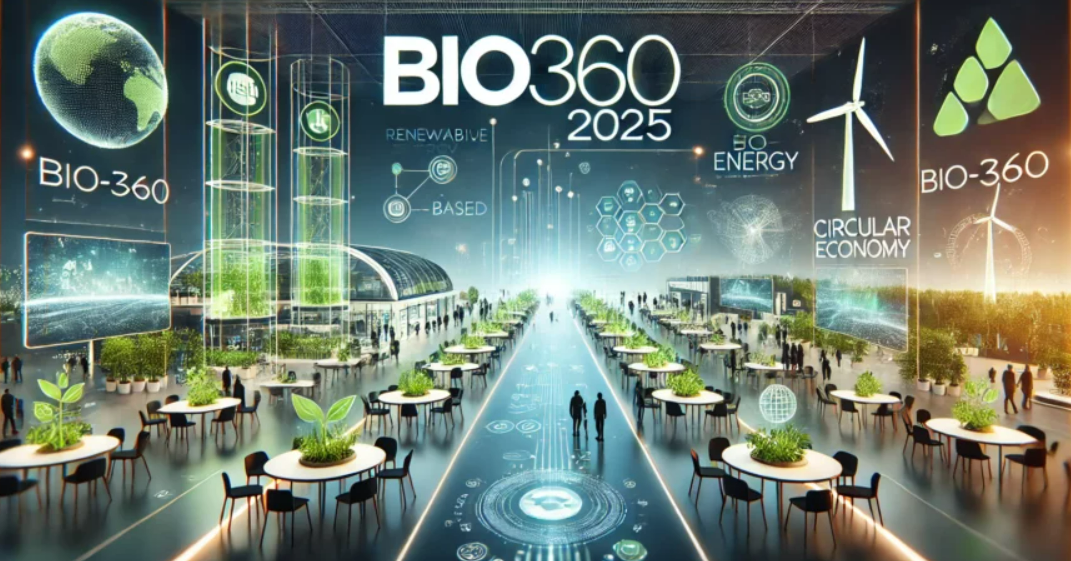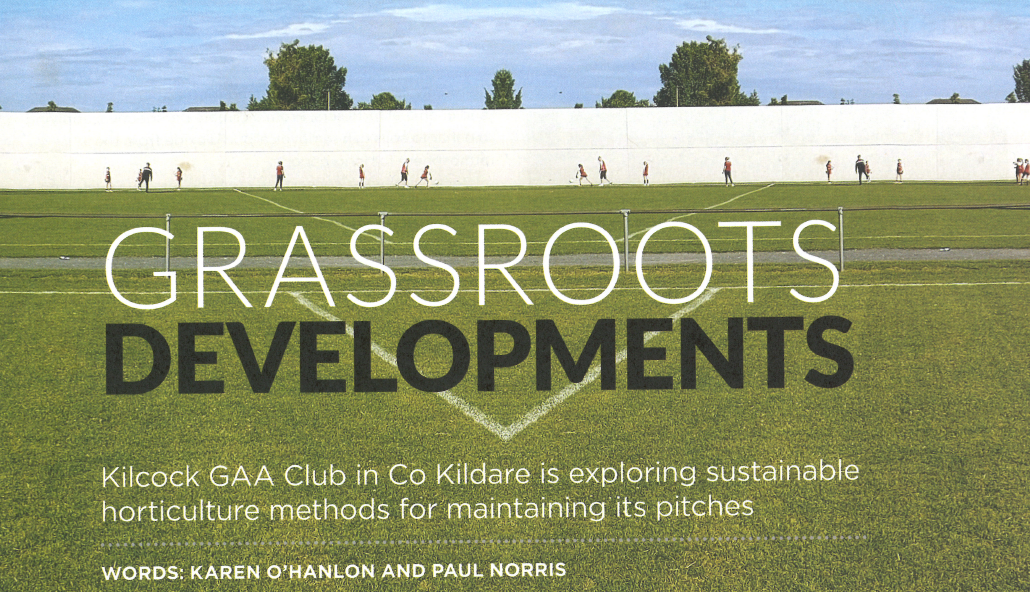
It was great to attend and present at the US Biochar Initiative on behalf of Arigna Group, last week in Sacramento, California. With 650 people attending over 4 days, there was a lot of very high quality and informative presentations from industry and academia. There were too many great points for one post – here’s the first.
The key takeaways from the conference for me were:
1. Biochar is one of the very few ways of capturing CO2 at scale and cost effectively. Organisations striving for net zero and CSRD compliance should look at biochar as the most cost-effective way to sequester CO2 at scale.
2. Biochar is a generic term which covers a wide range of biochars which have quite different qualities and applications depending on the feedstock and production process.
3. An easy win is dealing with the huge volumes of waste wood from logging operations etc. ‘Place based’ biochar production is the answer to stranded biomass waste which ‘cannot pay its way out of the woods’. Darren McAvoy of Big Box Biochar showed his low-tech, large-scale solution and Roger Smullen of Earth Foundries showed how they use a Tiger Cat mobile fast pyrolysis machine, which was impressive.
4. A key issue to be addressed is the end use for biochar. Despite the significant amount of research and demonstrable benefits for agriculture via soil enhancement, adoption remains low due to lack of awareness, lack of product standards and cost. Kristin Trippe from the US Department of Agriculture (USDA) Agricultural Research Service (ARS) gave a very insightful presentation on the topic.
5. Biochar production needs to be scaled rapidly and Marcel Rensmann of Pyreg GmbH showed why it’s just not a case of bigger versions of existing pyrolysis technology.
6. Tristan Springer of CarbonPilot gave an excellent presentation on biochar-based carbon credits. The market is significantly under supplied and the main hindrance to growth is the lack of large-scale end use for the biochar. This was a persistent theme in the conference.
7. The panel discussion ( Virginia Jameson Greg Stangl Micah Elias ) on the biochar industry in California made the controversial point that carbon credits have killed the price of certain types of biochar (low grade, forest waste) and furthermore producers are not paying sufficient attention to what customers and investors want from biochar.
8. The other speakers in the session in which I presented were Bernardo del Campo of ARTi who gave a great presentation on their modular solution to scaling production and Suzanne E. Allaire of GECA Environnement presented real life case studies of scaled biochar production, explained the economics and the importance of understanding end use markets.
Watch the presentation HERE.




